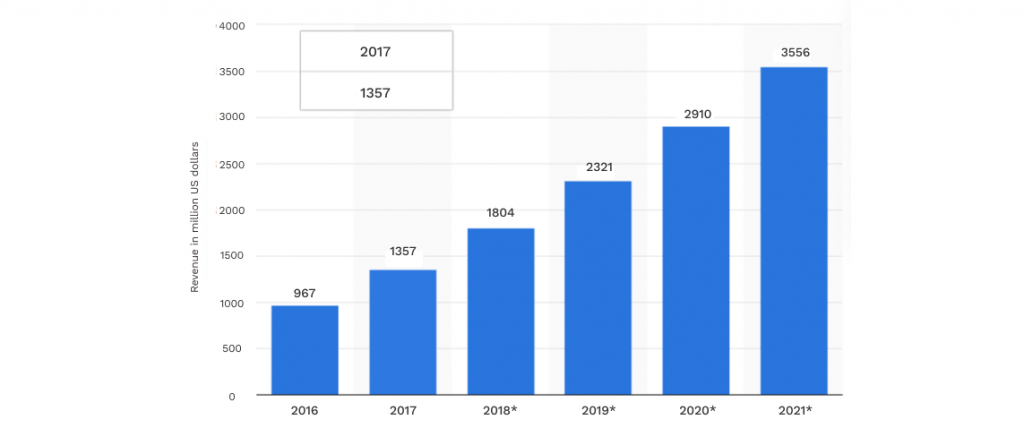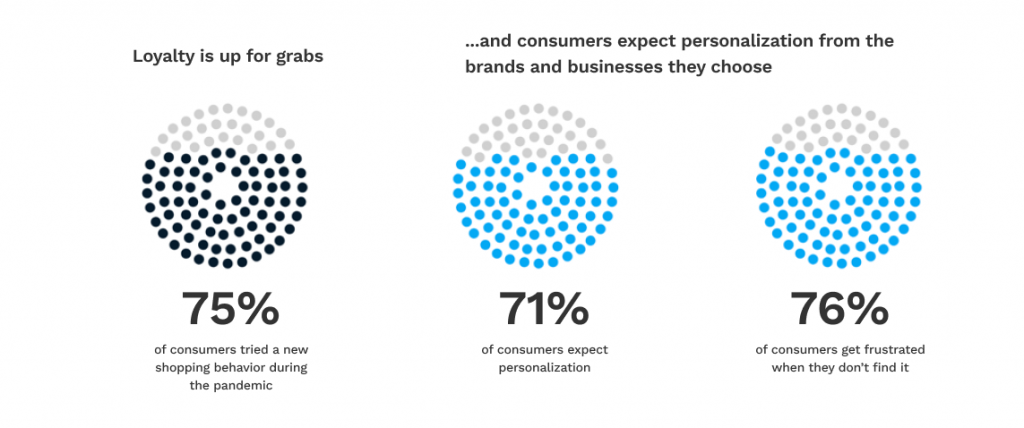How to Ace E-commerce Optimization in 2023
How to Ace E-commerce Optimization in 2023
As a bleak holiday spending season – and possibly a recession – approaches, business leaders must focus on e-commerce optimization strategies to overcome upcoming challenges.
According to data published by the National Retail Federation and Hackett Associates, traffic through U.S. container ports will fall to a two-year low by the end of Q4, with November and December recording declines of 4.9% and 6.1%. Although imports are trending down, North American retailers are still struggling to move a glut of inventory – up 65% for Nike alone – from 2021 supply chain disruptions and contracted consumer spending in 2022.
As the Consumer Price Index recorded an 8.2% upward year-over-year variance in September, retail spending has remained flat over the last few months, with food and fuel costs cutting into discretionary consumer spending. Looking ahead to 2023, retailers and e-commerce companies face an uncertain environment in supply chain reliability and consumer behavior.
With external conditions set to be unpredictable for the foreseeable future, e-commerce companies must prioritize optimizing internal factors they can control, such as customer experience, website performance, and brand messaging. This guide will teach you the top e-commerce tips for success in 2023.
Key Takeaways
- In 2023, e-commerce companies will face reduced customer discretionary spending and continued supply chain instability.
- E-commerce must optimize the customer experience at every possible touchpoint To ensure a competitive edge in a contracting market space.
- Most companies lack visibility into the bulk of the data they capture. This data contains potential insights for effective strategies concerning profitability, pricing, and other vital areas. Hypersonix can help businesses access this critical data with powerful AIs and deep learning algorithms.
5 E-commerce Optimization Tips for 2023
Here are five e-commerce optimization practices your organization can apply at any scale of operations.
1. Reduce Page Load Times
Today’s customers have little patience for website performance. In the first five seconds a customer views an e-commerce site, conversion rates drop 4.42% per additional second of loading time. Loading times effectively gatekeep the entire customer experience a site delivers, as just a few seconds of delay drive away a sizeable portion of potential customers.
To ensure optimal load times, businesses can:
- Check Current Performance Metrics: Speed tracking resources such as Pagespeed Insights and GTmetrix provide free metrics for page performance and also generate automated reports identifying areas for technical improvement.
- Shop Options for Faster Hosting: Shared hosting can significantly slow page load times. Dedicated e-commerce hosting services will reliably provide faster performance.
- Select Faster Themes: Studies have shown that different WordPress themes load at different rates. Switching to a faster loading theme can shave a few crucial seconds off page load times.

2. Refine and Update Product and Landing Pages Frequently
E-commerce design trends evolve rapidly. Product and landing pages can give customers a dated first impression without regular updates and adjustments. Most consumers – 75% – evaluate the quality and credibility of a business based on website design first impressions, and they form those impressions in fewer than two and a half seconds.
Here are a few established best practices for improving customer experience on product and landing pages.
- Display Best Sellers Prominently: Designers should incorporate sales data into pages so that the products most likely to attract new viewers contribute to their first impressions.
- Draw Attention to Positive Product Reviews: Nearly all e-commerce shoppers – 93% – report making purchase decisions based on product reviews. Easily accessed reviews that include personalized customer service responses create trust and drive conversion rates.
- Use A/B and Multivariate Testing: Collecting customer behavior data in the context of different design elements through single variable A/B or complex, multivariate tests help design and marketing teams enhance customer experience incrementally and consistently.
3. Optimize Mobile Experience

Global e-commerce revenue from mobile sales has more than tripled since 2016, and the upward trend shows no sign of slowing down. Businesses can enhance customer mobile experience in several ways.
- Test Mobile Compatibility: Google offers a free Mobile-Friendly Test service that rates sites in mobile formatting for content and graphics.
- Be Concise: Mobile users read less text and prioritize images and other visual elements. Brief but well-articulated text outperforms lengthier explanations that dominate the mobile screen.
- Compress Images: Image compression reduces mobile page loading times, minimizing bounce rates.
4. Personalize Content
E-commerce customers both expect and respond positively to personalized content. Businesses that track unique customer engagement across touchpoints to deliver customized ad service, site content, and suggested products consistently outperform their competitors. Personalization reliably delivers increases in three bottom-line metrics:

- Chance of purchase by 76%
- Chance of repurchase by 78%
- Chance of customer recommendation by 78%
Among marketers who incorporate personalized content into multiple touchpoints of customer experience, 70% report achieving a 200% return on investment (ROI). These combined trends indicate that customized content is critical to maintaining an edge over the competition.
5. Leverage New Technologies to Unlock Data Insights
The average retail company uses 27–40% of the data they capture. The bulk of this unused data is unstructured – it cannot be mapped onto relational databases – and is effectively impenetrable to analysis by traditional database queries. Unlocking actionable insights in this dark data requires more advanced analytical tools such as AIs and deep learning algorithms. Businesses that invest in these solutions gain real-time insights into data-driven decisions governing pricing, profitability, inventory management, and many other critical performance areas.
Predictive and Prescriptive AI-Based E-commerce Solutions with Hypersonix
Hypersonix’s AI-driven profit optimization platform for e-commerce delivers clients 15-18% profitable revenue growth. With AIs that structure data through unsupervised hypothesis creation, Hypersonix enables businesses to see in real-time what is happening and what they can do about it according to continually tested multivariate hypotheses.
Hypersonix’s e-commerce solutions include:
- Demand forecasting
- Autonomous inventory
- Assortment intelligence
- Autonomous personalization
- Automated price optimization
In an increasingly competitive market with less consumer spending, businesses that can act swiftly and confidently on real-time data intelligence will thrive. Hypersonix can enable these critical capabilities in your organization.
To learn more and request a demo, contact Hypersonix today.


![[Podcast] Prem Kiran in conversation with Mission Matters](https://hypersonix.ai/hubfs/PRWeb%20%2849%29.png)


